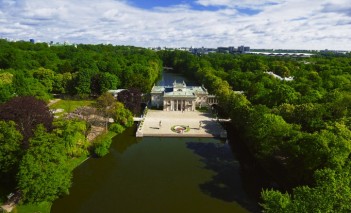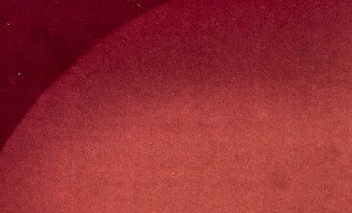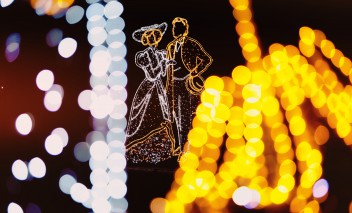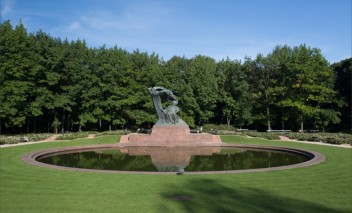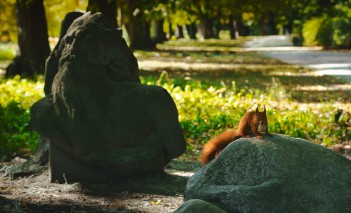The exhibition "Beautiful objects. 2020 acquisitions"
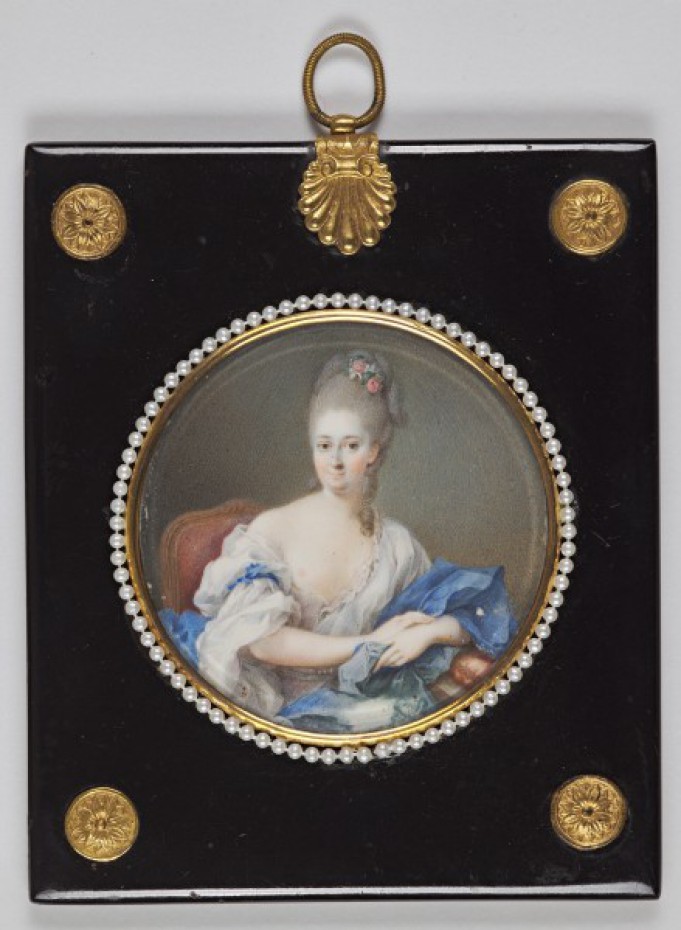
Precious miniatures from the collections of King Stanisław August, a graphic portrait of the monarch and objects of 18th-century decorative art will be shown from 4 May to 30 September 2021 at a temporary exhibition in the White Pavilion. These are the works which were brought to the Royal Łazienki as acquisitions at Polish and foreign auctions.
The White Pavilion, the renovation of which was completed last year winning the “Sibyl” museum prize, is the most valuable monument of the 18th-century architecture in Poland. Its interiors, decorated with paintings by outstanding court painters, precious furniture and historical craftwork, are still complemented with carefully selected works purchased at auctions in Poland and abroad.
In the Dining Room on the ground floor of the White Pavilion, visitors will have the opportunity to see the latest of such acquisitions, including: Two great miniatures from the collection of Stanisław August, with images of the king’s friends: Elżbieta Izabela Czartoryska and Magdalena Agnieszka Sapieżyna, most probably by Johann Zeich, court miniaturist; and a beautiful, graphic portrait of the king made by Pierre Alexandre Tardieu in 1792. Three interesting examples of decorative art will also be displayed: An amusing duck-shaped butter dish made of Meissen porcelain, designed by the eminent Saxon sculptor Johann Joachim Kändler working at the court of Augustus II the Strong; a silver basket for bread or fruit, imitating a wicker braid, a product made around 1780 by Carl Ludwig Berendt, a goldsmith from Gdańsk; and a wooden case with perfume containers and other accessories, a Parisian product from 1762 to 1768, which could belong to one of the royal sisters or other ladies who so willingly visited the White Pavilion at the times of Stanisław August.
A miniature portrait of Elżbieta Izabela Czartoryska
Johann Zeich ? (died in 1789)
The miniature originates from the collection of Stanisław August. It features the cousin and friend of the king, the wife of Grand Marshal Stanisław Lubomirski, one of the most influential ladies of Polish Enlightenment in her younger years, with a hair-cut à la mouton typical of the fashion of the second half of 1750s, decorated with an aigrette with black feathers, in a golden dress and a blue coat lined with ermined fur, reflecting her princely position. The author of the miniature, who was probably Johann Zeich, the court miniaturist of Stanisław August, based on the oil portrait of the princess painted around 1757 by Marcello Bacciarelli, currently at display in the Łańcut Castle.
A miniature portrait of Magdalena Agnieszka Sapieżyna
Johann Zeich ? (died in 1789)
The miniature originates from the collection of Stanisław August. It features Stanisław August’s long-standing friend and mother of his three children, in a bold déshabillée uncovering her breast; her worn up hair is characteristic of the fashion of the second half of 1770s. Most probably it is the work of Johann Zeich, the royal miniaturist. The features of the composition’s style were presumably modelled on the missing and unknown to date picture by Marcello Bacciarelli, under whose direction Zeich worked in the castle Paint Shop.
Portrait of Stanisław August
Pierre Alexandre Tardieu (1756–1844), engraver
In this excellent graphic portrait of 1792 King Stanisław August was shown in a tailcoat, with the orders of the White and Black Eagle. The author of the engravings was probably inspired by the “Portrait of Stanisław August with the bust of pope Pius VI”, known from numerous copies and reproductions, whose original painted in 1789 by Marcello Bacciarelli is now the property of the Royal Castle in Warsaw. Pierre Alexandre Tardieu (1756–1844), a French engraver who studied at the academies of Saint Petersburg and Milan, was able to perfectly express the character and nature of a given artist on numerous portraits made based on original paintings. In his graphic work he skilfully imitated the painting of the original and the individuality of the portrayed person.
Case – a toolbox for perfumes
Paris, 1762–1769
The wooden box is decorated with veneer of three wood species. On the lid the ornament is arranged in diamond, on the sides in herringbone. The lid opens to 2/3 of its height. The inside of the lid contains a mirror in a frame made of haberdashery. The lower part of the case has compartments lined with red fabric and decorated with gold haberdashery. In their shape and size the compartments are adjusted to fit four glass bottles and silver accessories: a small plate, a cup and a funnel. The bottles have silver caps placed on chains, one cap is missing.
Small silver basket
Carl Ludwig Berendt, Gdańsk, about 1780
A basket with an open-work collar that imitates wicker braid, designed for bread, cakes or dried fruits. It is a product made around 1780 by Carl Ludwig Berendt, a goldsmith from Gdańsk. We also know two similar baskets made by that author, one in the collection of the Gdańsk Museum, the other in the Oesterreichisches Museum für Angewandte Kunst in Vienna.
Duck-shaped butter dish
Johann Joachim Kändler (1706–1775) – a model (?)
Porzellan-Manufaktur Meissen, second half of 18th century.
A small size porcelain duck looks like a toy, although it is not one; the object was used to keep butter. Butter dishes taking the shape of birds, formed and painted in a natural style, were a popular and desirable item of 18th-century tableware. The butter dish consists of a container placed in the duck body and of a lid forming its wings. The product originates from the famous Meissen Porcelain Manufacture and the author of the first dishes of such type is considered to be Johann Joachim Kändler, a German sculptor who was the main model designer in Meissen.
The exhibition "Beautiful objects. 2020 acquisitions" will be presented in the White Pavilion from Tuesdays to Thursday between 10.00 and 16.00, and from Friday to Sunday between 10.00 and 18.00. Admission with one combined ticket to all the Museum buildings (PLN 40 – normal ticket, PLN 20 – reduced ticket, PLN 1 – children aged up to 7 years and youth up to 26 years of age) – on Friday admission is free.






